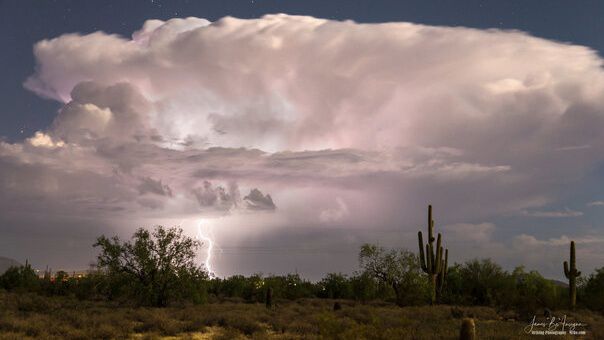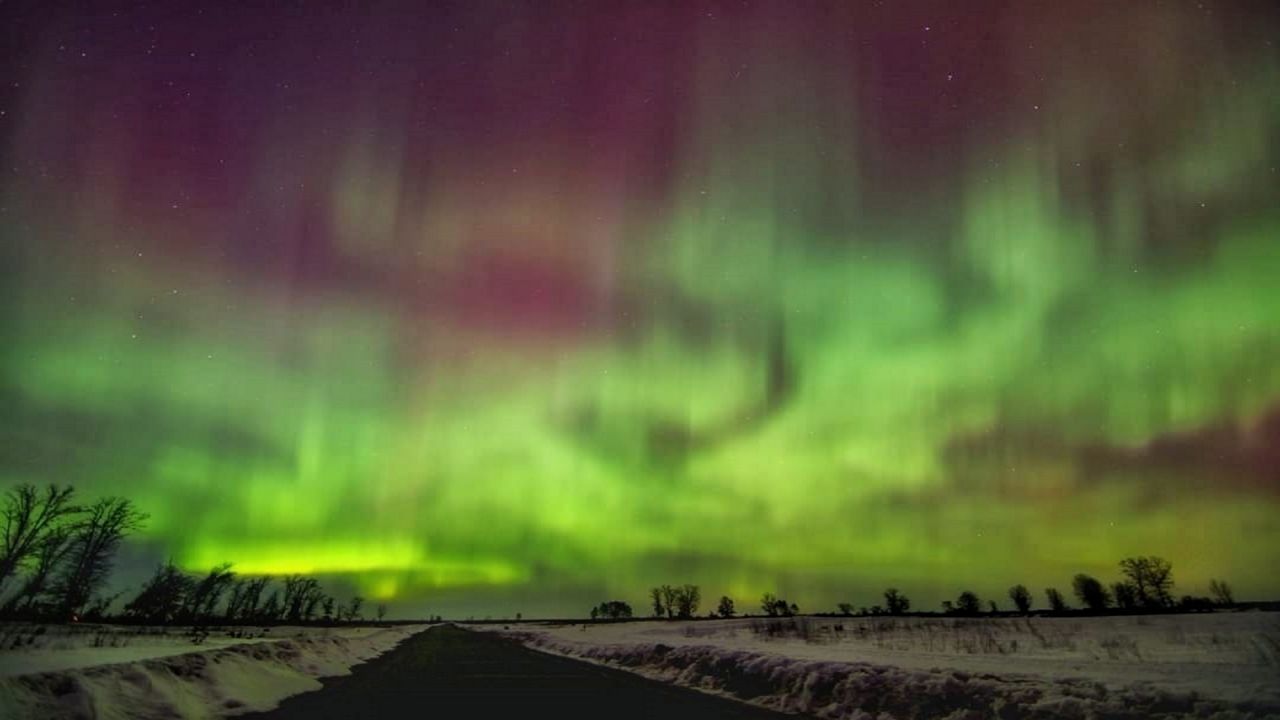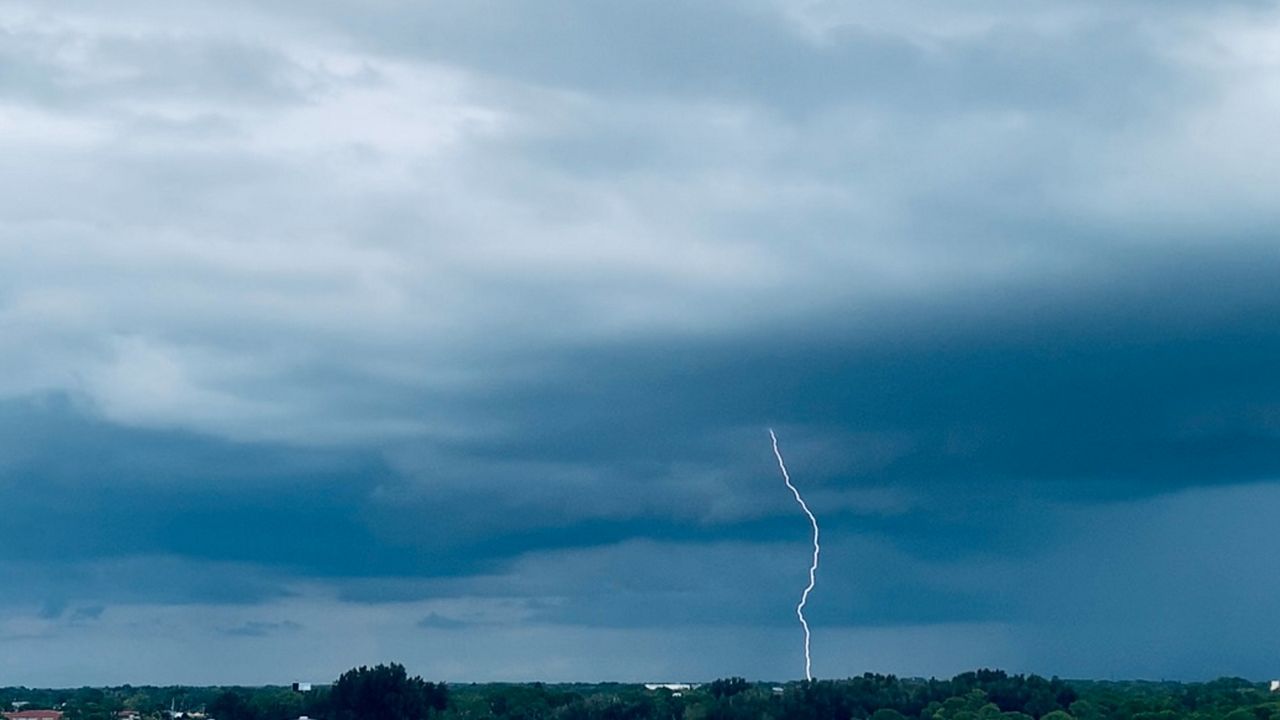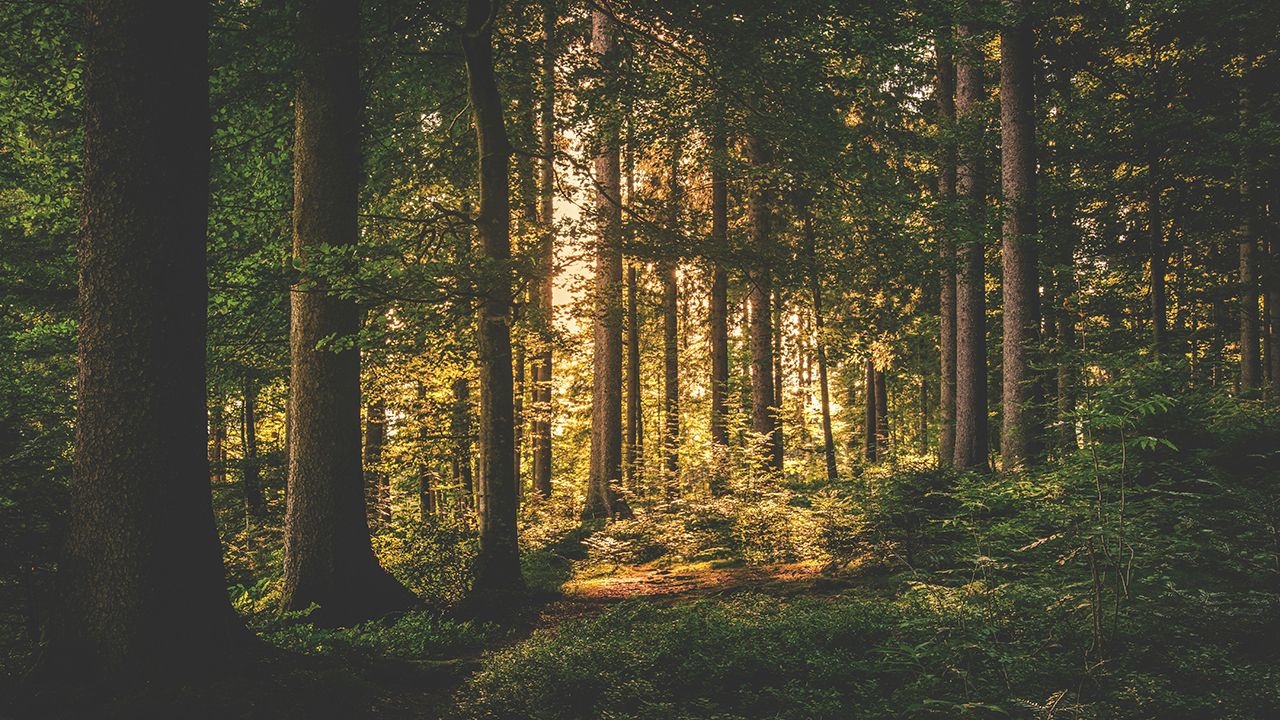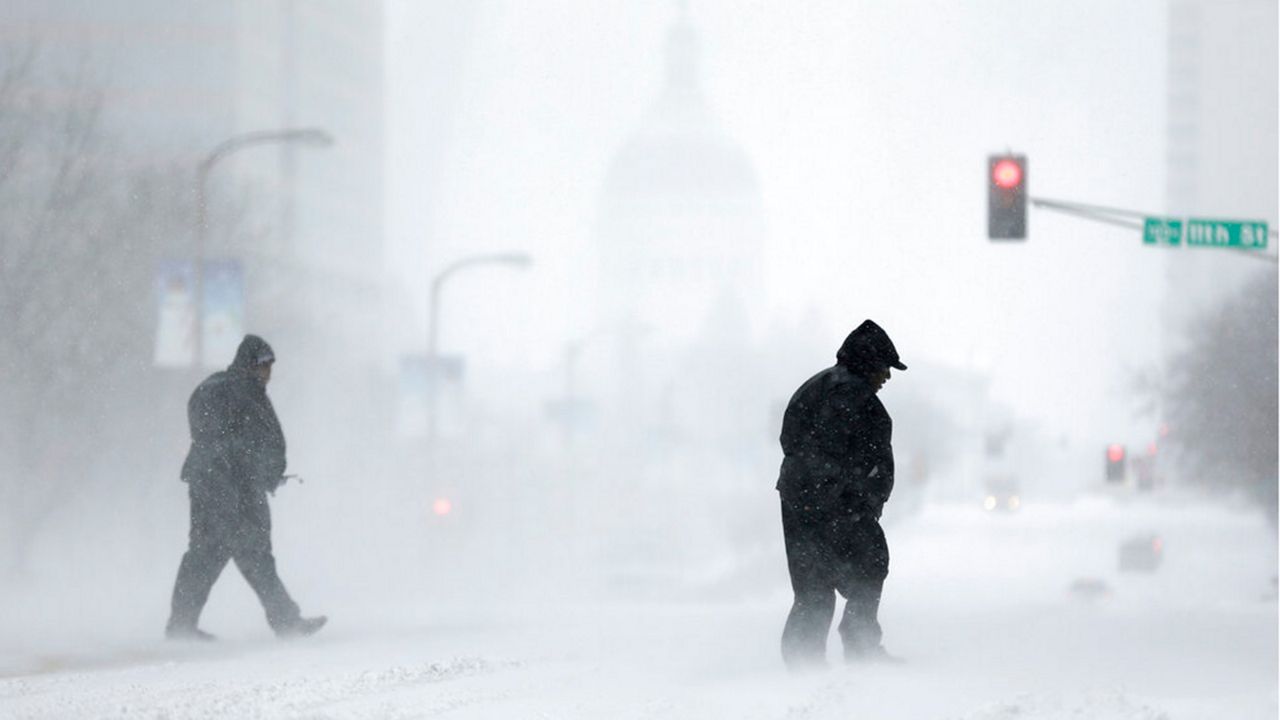You've all heard the term "monsoon season", usually applied to a particularly wet period of weather for a region. But, did you know there is a specific cause to a true monsoon season, and it has everything to do with the wind.
Monsoons occur in many parts of the globe. Besides the first monsoons observed in India and the Arabian peninsula, areas in Southeast Asia, Australia, North America, Africa and South America feature the annual weather phenomenon.
Most of the time, wind in dry areas blows from the land toward the sea. However, by late spring, land areas begin to heat up.
The heat creates an area of low pressure know as a ‘thermal low’. Nearby bodies of water are also warmed, but not as quickly, so air pressure remains high relative to the land.
Eventually, the pressure differences get to where the cooler, more humid air over the water is drawn toward the hot, dry air over land, creating the perfect environment for areas of heavy rain to form.
Not much was known or studied regarding a monsoon season in North America until the 1990s. The Southwest Arizona Monsoon Project, or SWAMP for short, more or less proved the existence of a monsoon season similar to those studied in other parts of the world.
While not as strong or persistent as the Indian monsoon, it checks all the boxes of a bona fide monsoon. The wind shift in summer as Mexico and the southwest U.S. warm up starts the process. Flow from dry land areas to moist ocean areas switches and low-level moisture is transported primarily from the Gulf of California and eastern Pacific.
Like snowflakes or fingerprints, no two monsoon season are ever alike. However, they all follow a fairly predictable cycle with five phases.
Ramp- Up: (June through Early July)
Onset: (Late June through Mid July)
Peak: (Mid July through Mid August)
Late Monsoon: (Mid August through early September)
Decay: (Late August through Late September)
Each phase can differ year-to-year depending on where the subtropical, or monsoon, ridge is located. A stronger ridge can lead to hotter temperatures underneath this dome of high pressure and can result in more moisture transport in from the east.
On the other hand, a weaker ridge can lead to cooler temperatures and a drier westerly wind influence.
Since no two monsoon seasons are ever the same, we can’t always rely on this four-month period to bring the desert southwest much needed rainfall. However, an average monsoon season in a place like Tucson, AZ can net about six inches of rain. This would account for more than half of their annual rainfall.
For 2025, the Climate Prediction Center is calling for a better that 50/50 chance at above-average monsoon rain totals. This will help Arizona, where half the state is experiencing extreme or exceptional drought.
Our team of meteorologists dives deep into the science of weather and breaks down timely weather data and information. To view more weather and climate stories, check out our weather blogs section.






